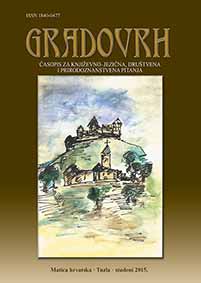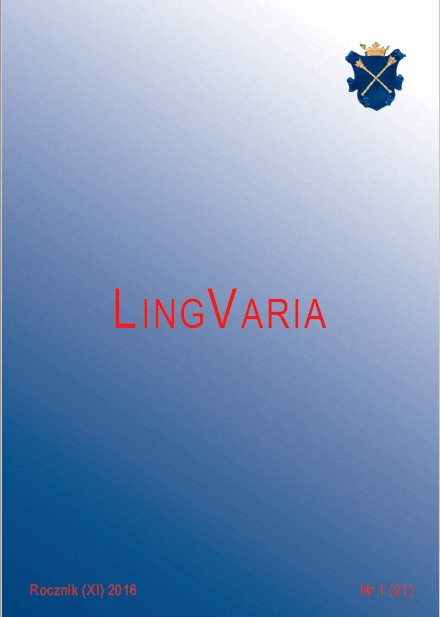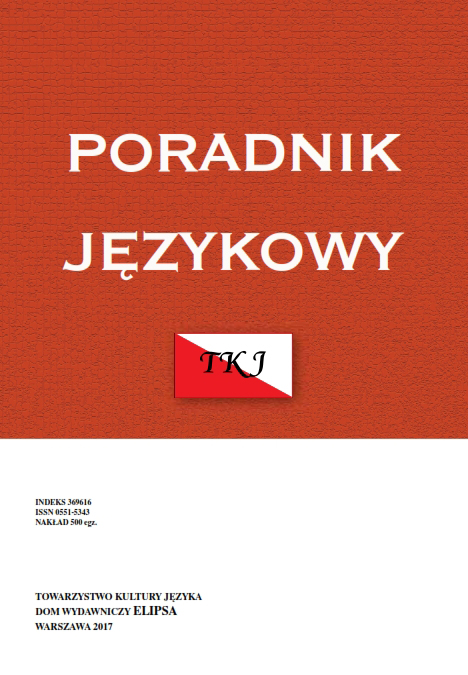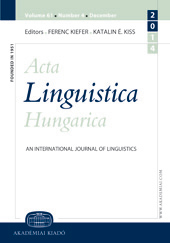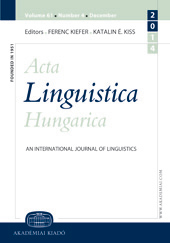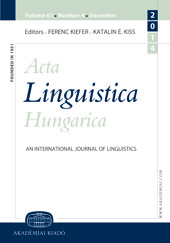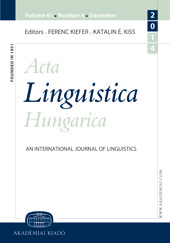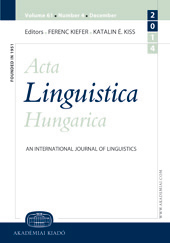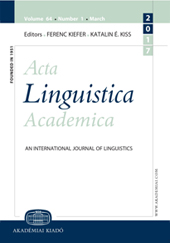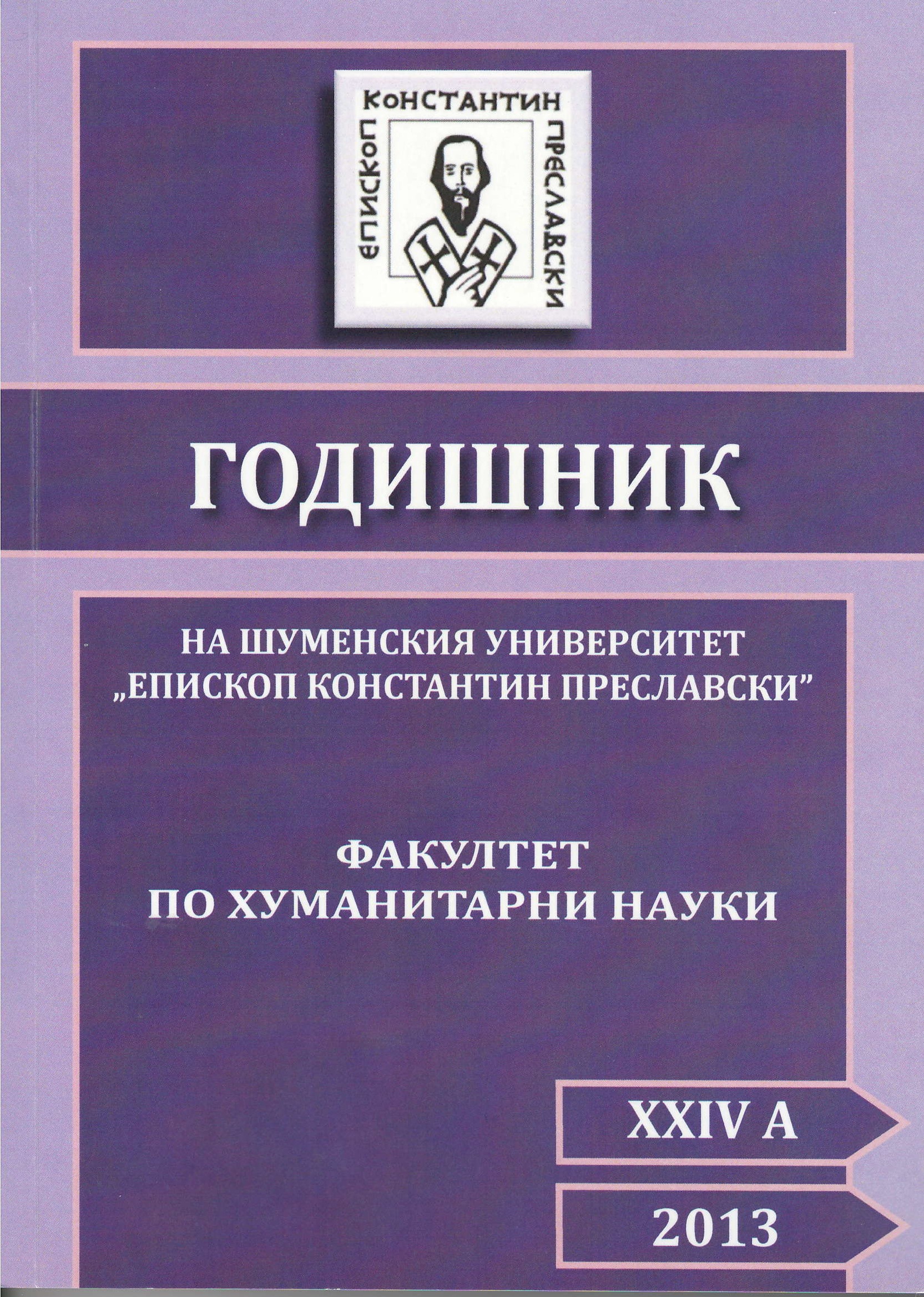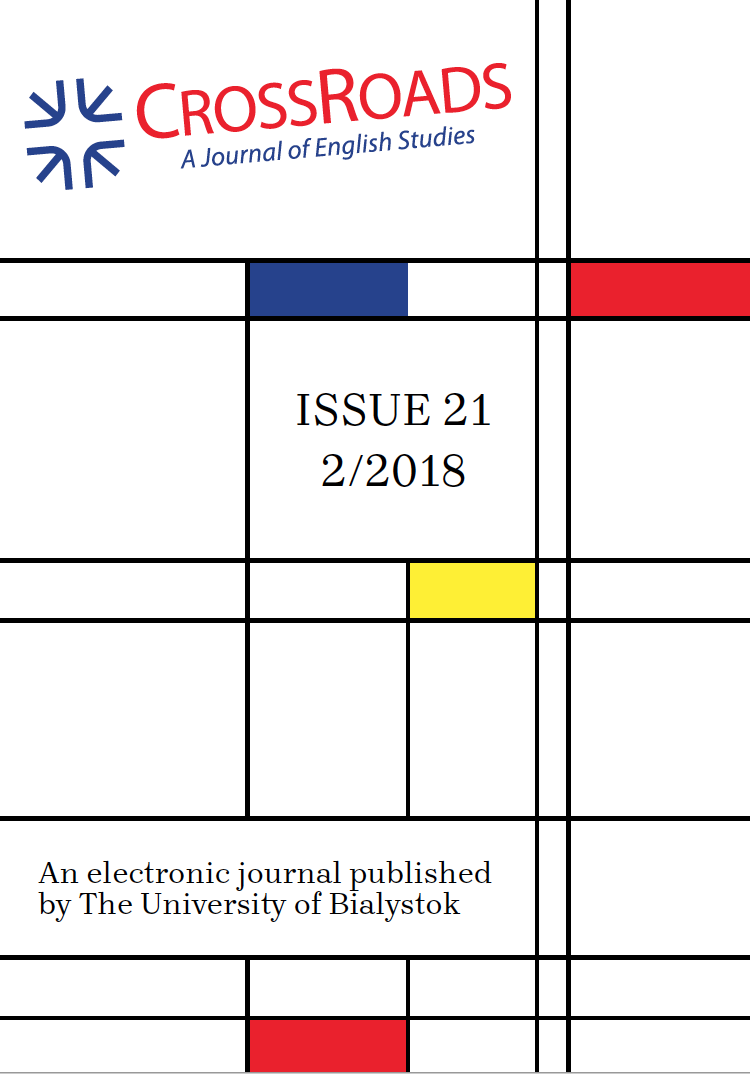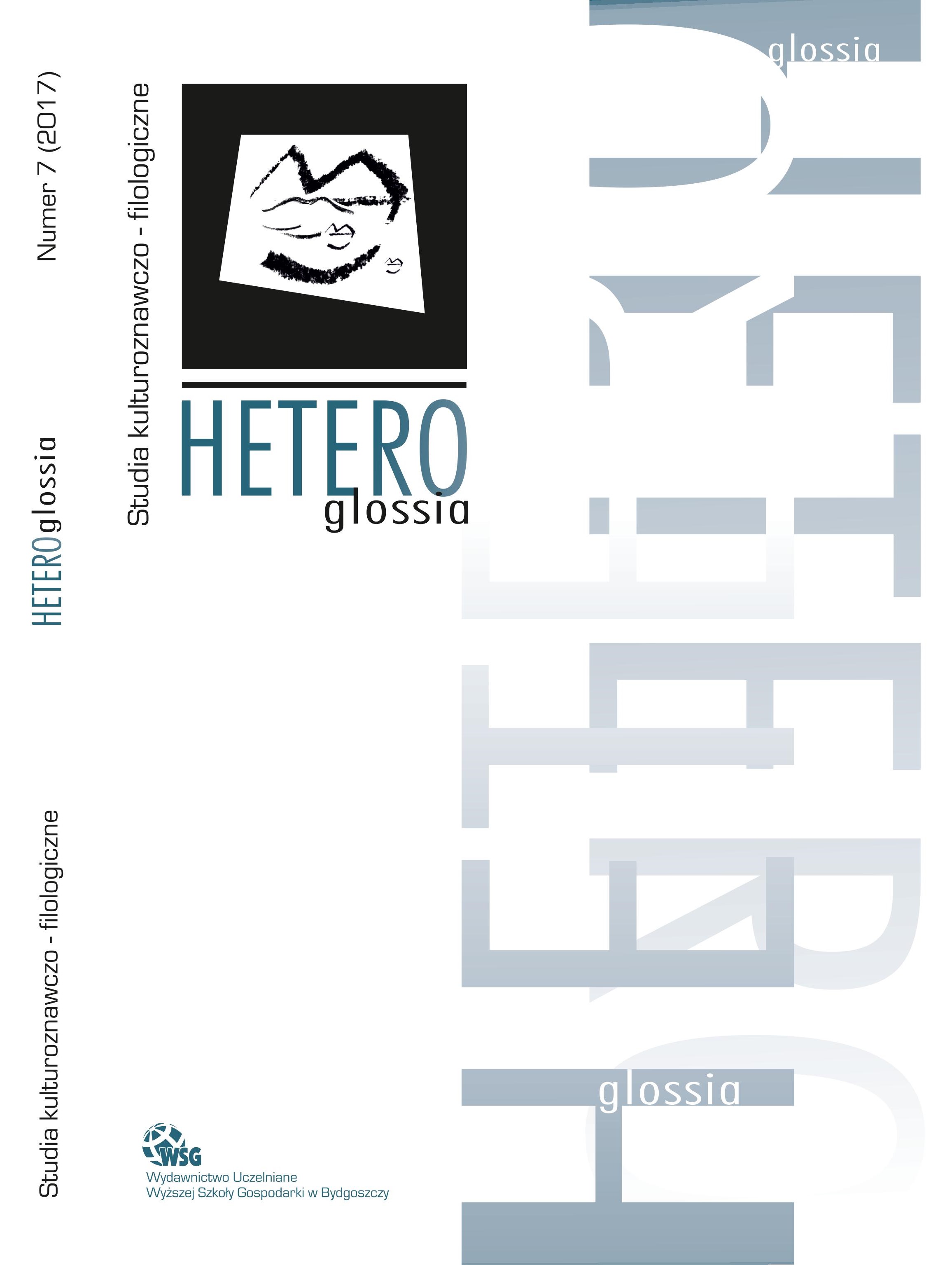Enoch Oladé Aboh, Maria Teresa Guasti, Ian Roberts (eds.) Locality
This volume represents a collection of eleven papers dealing with the concept of locality in syntactic theory. The chapters, authored by fifteen eminent generative linguists, explore this key concept in linguistic theorizing, relating to the line of research Luigi Rizzi has pursued for three and a half decades. Various issues pertaining to locality are explored crosslinguistically and in both syntactic and psycholinguistic terms, which makes the present volume an extremely rich and useful reference book both for students and scholars working in the domains of linguistic theory, generative
More...
